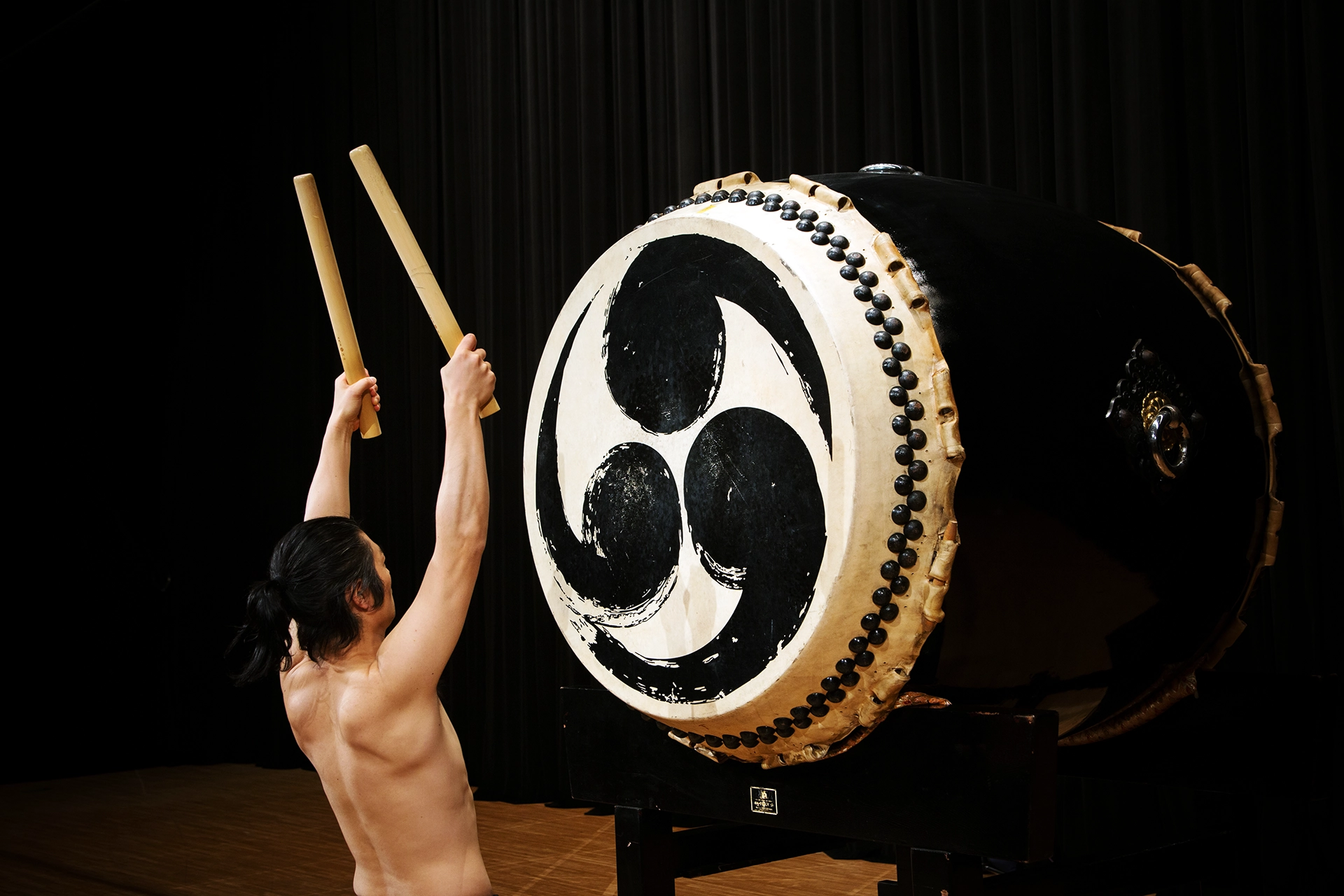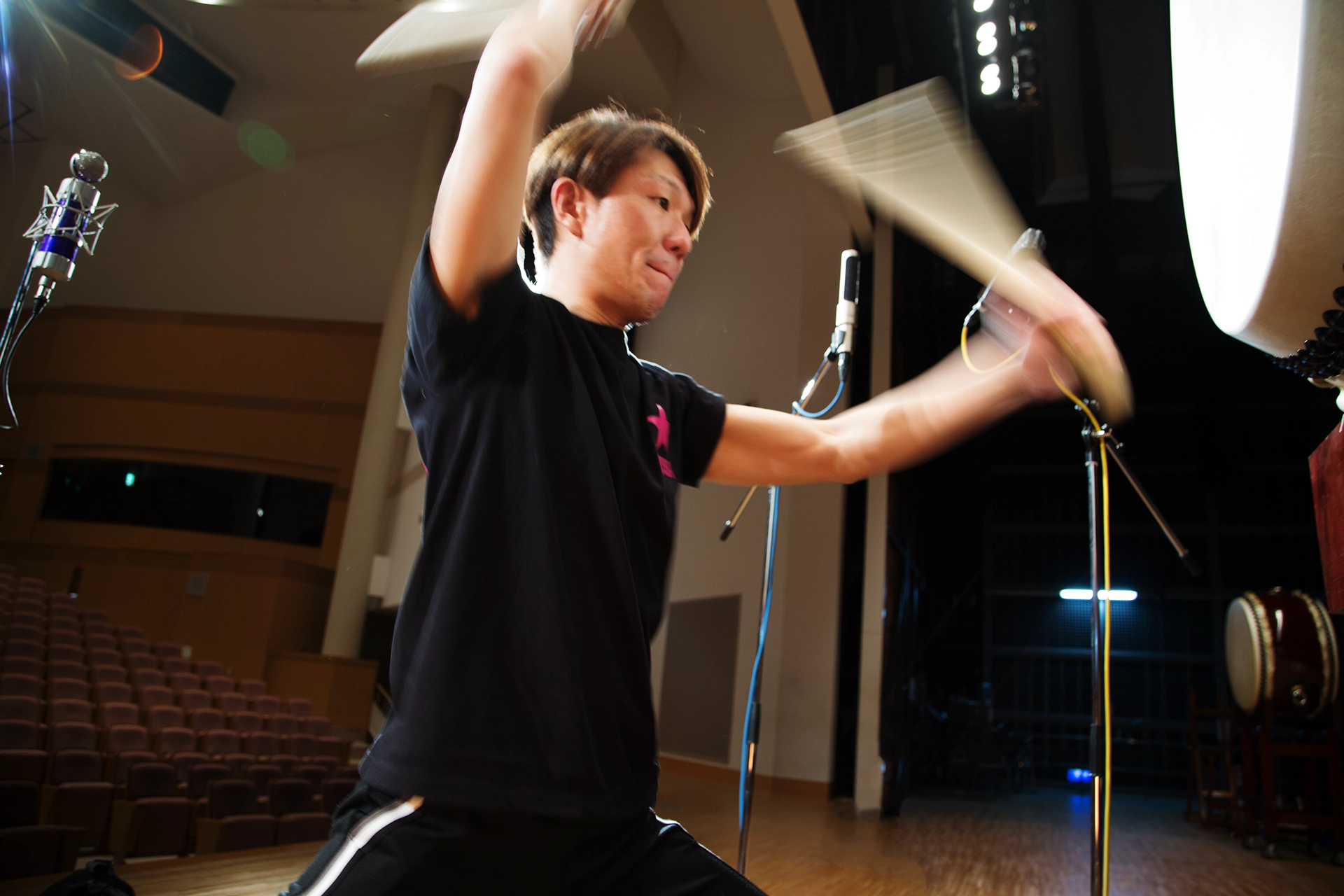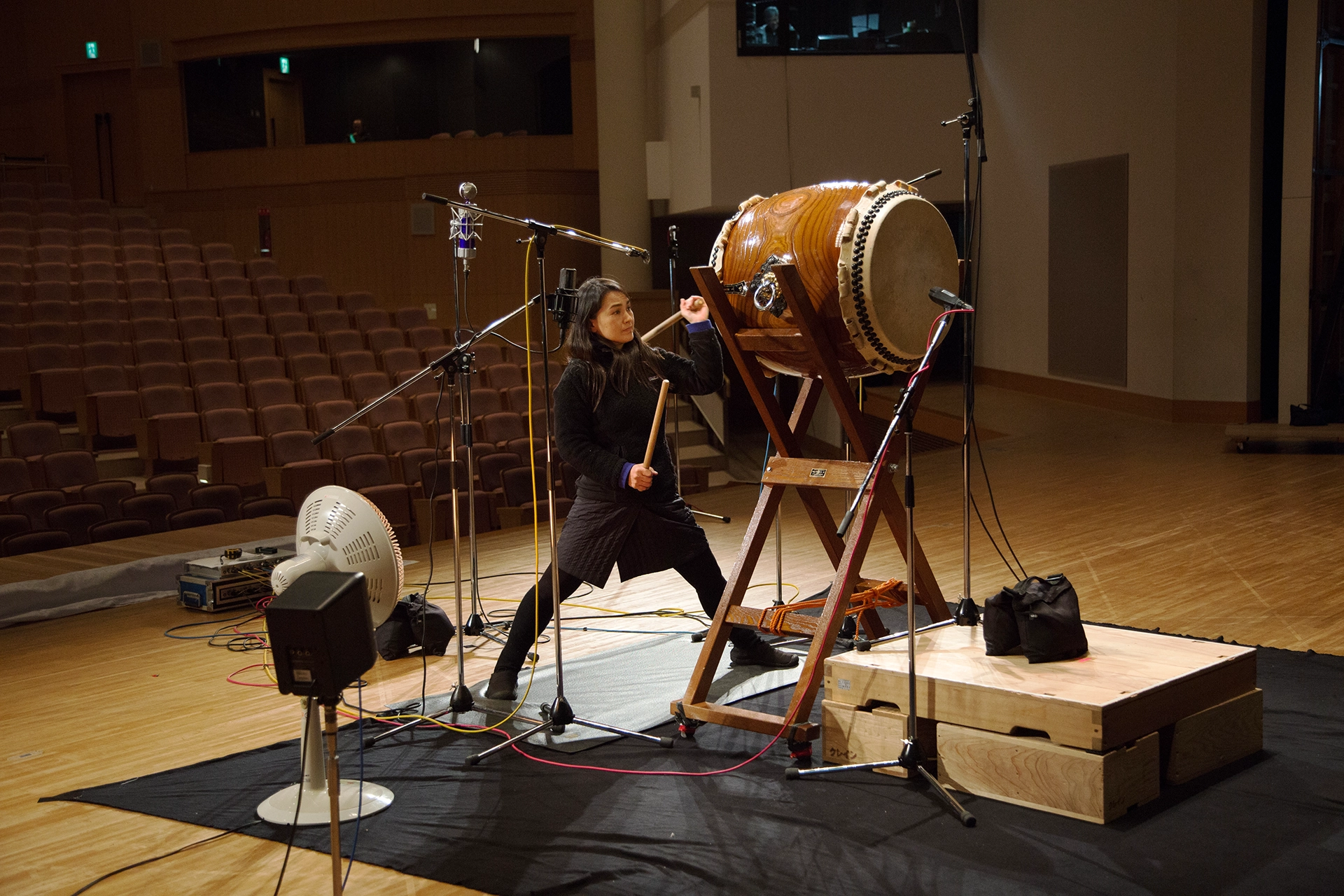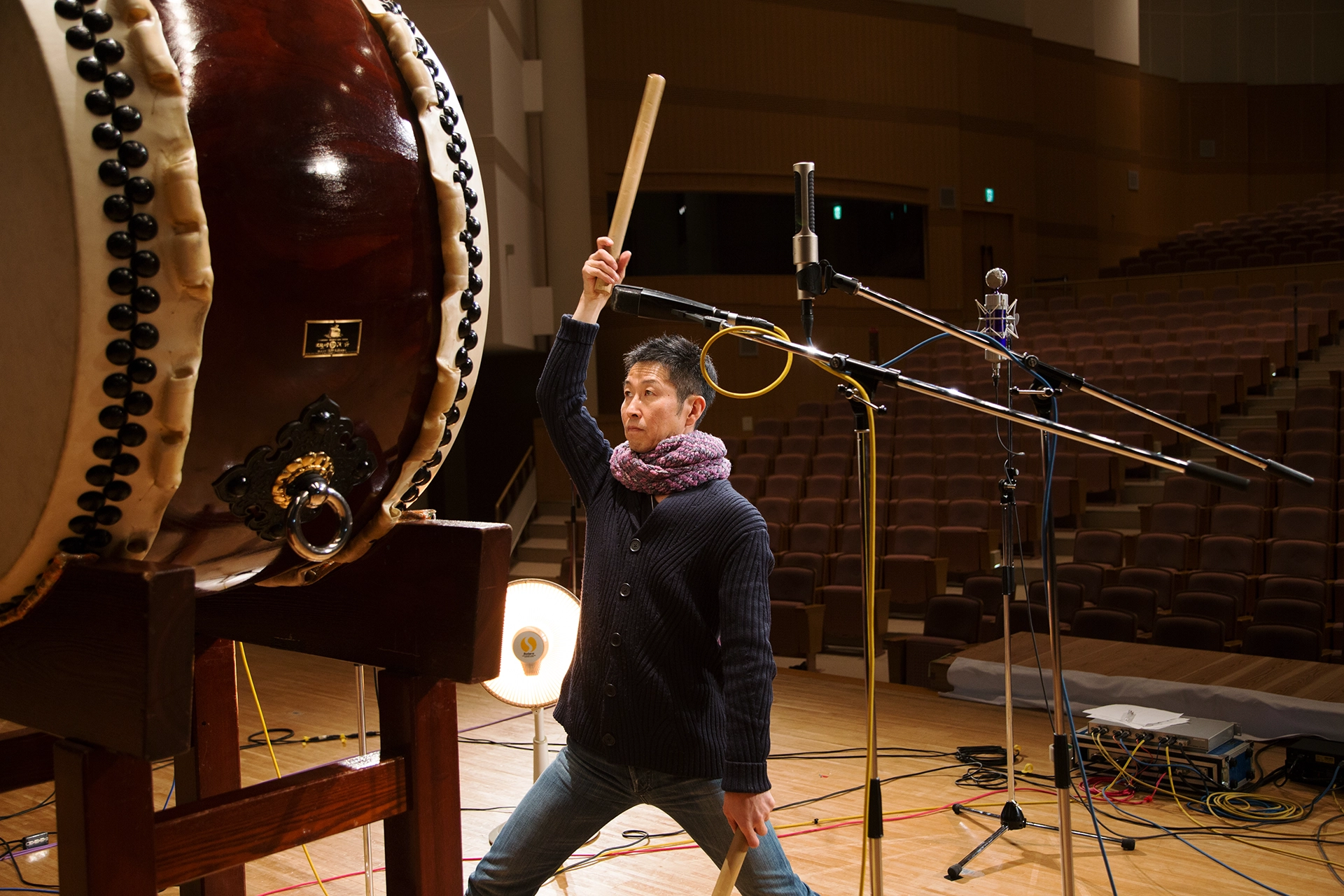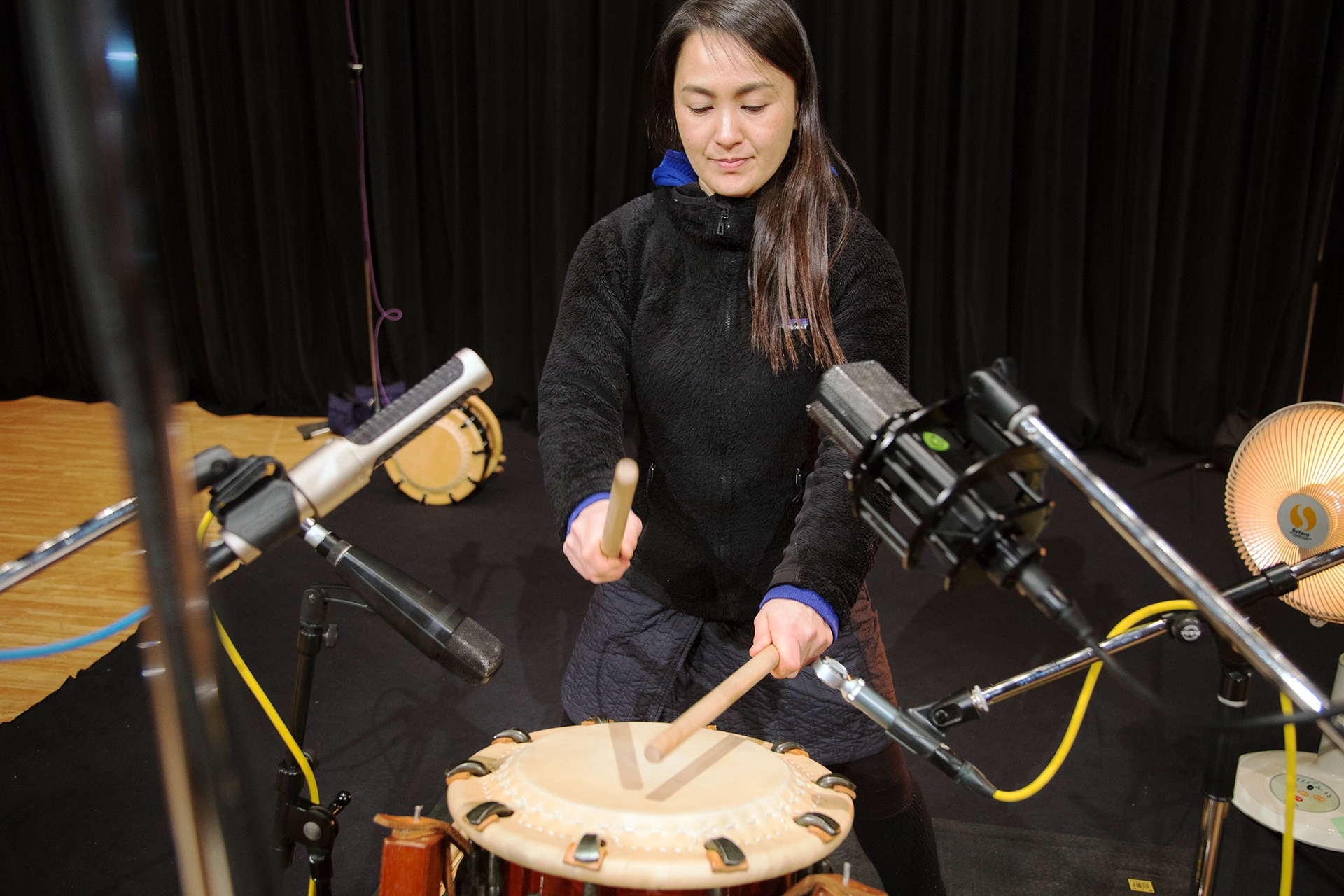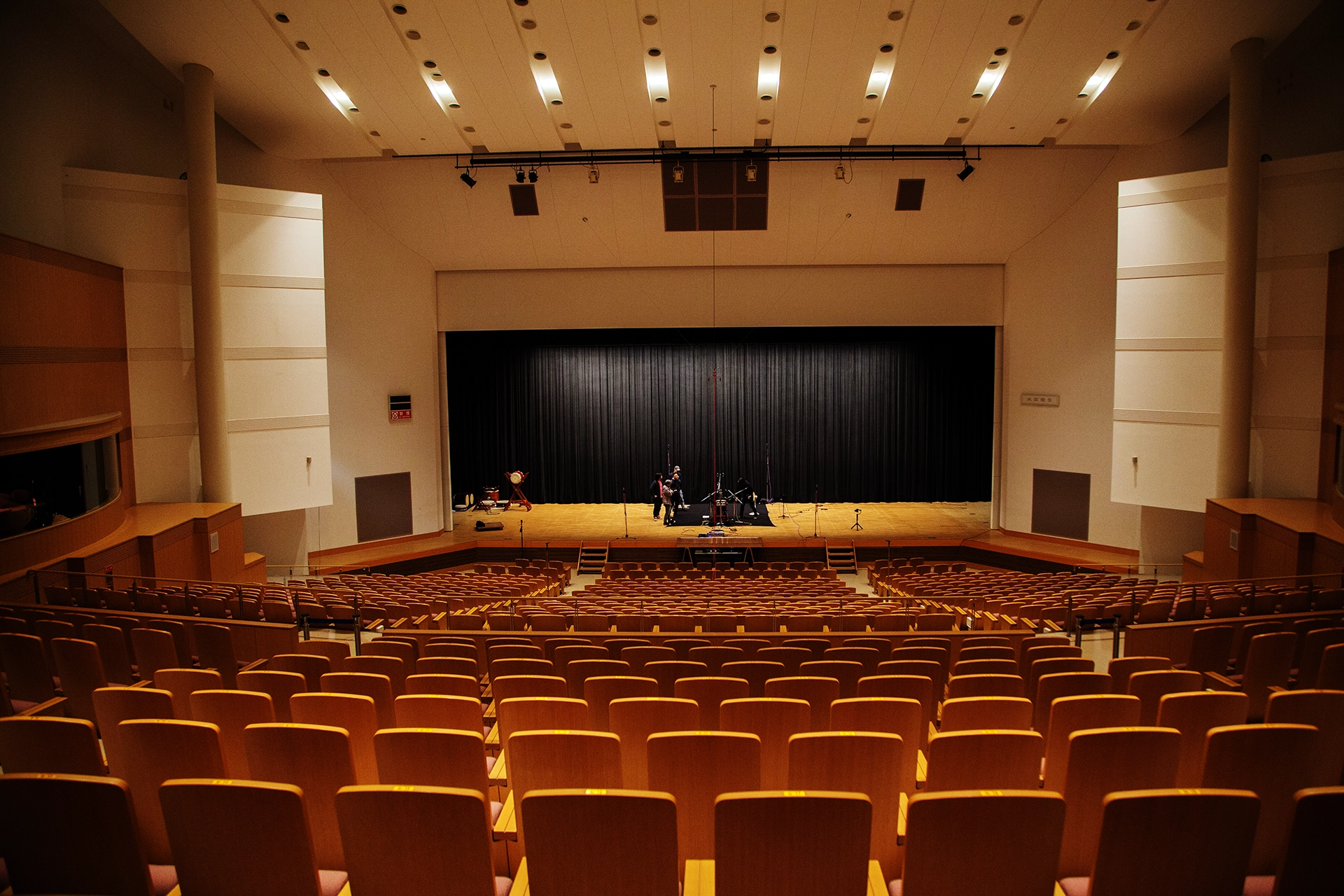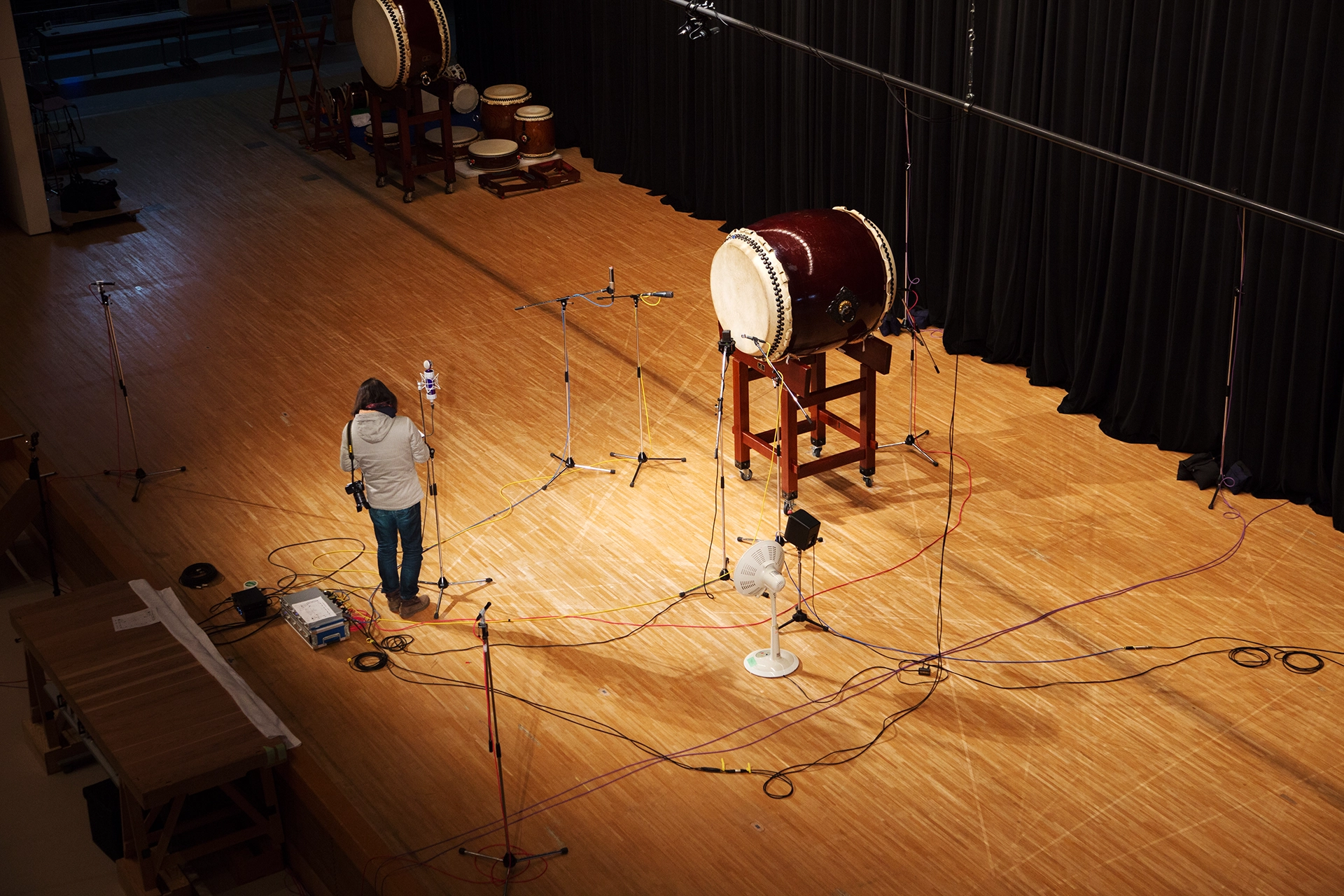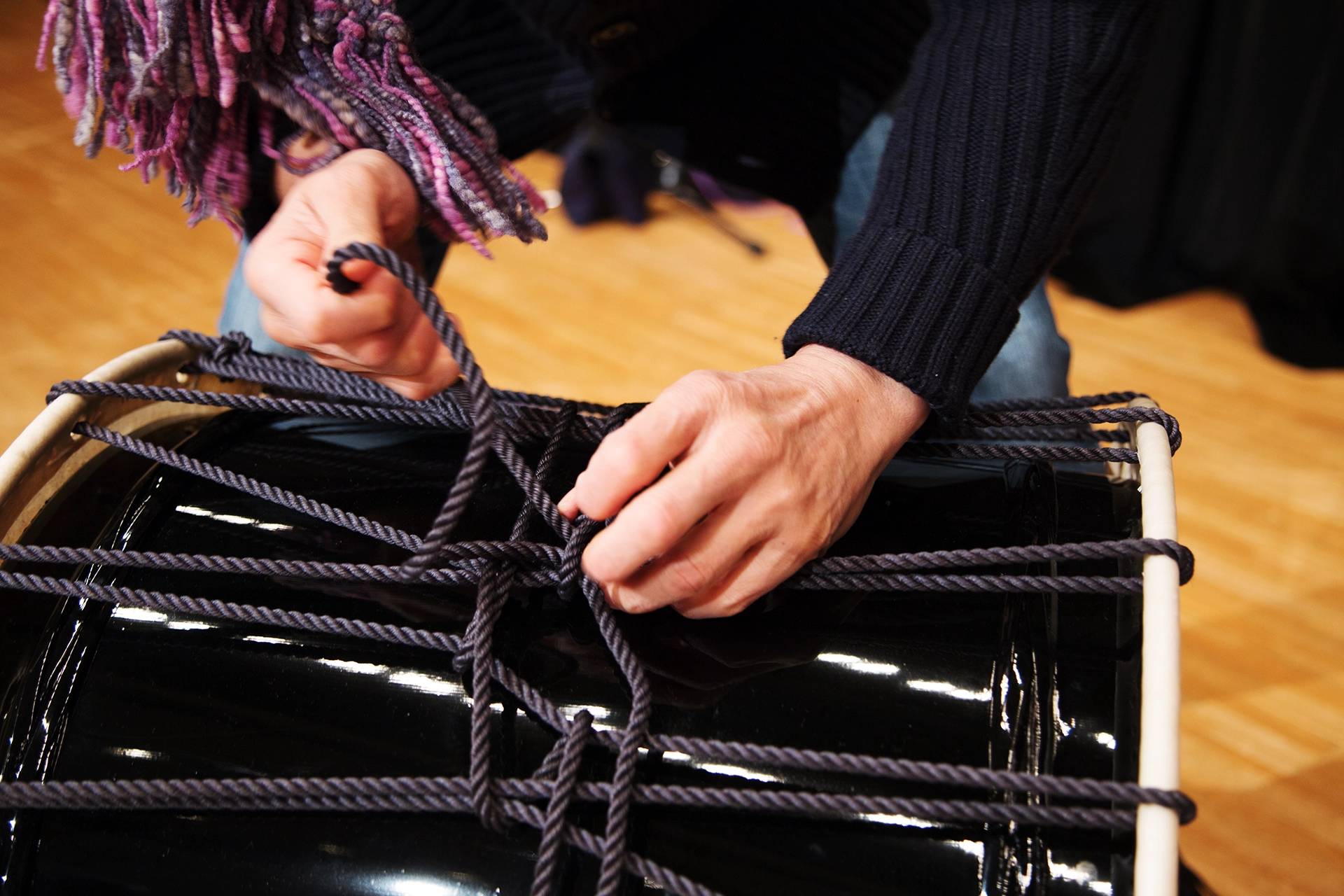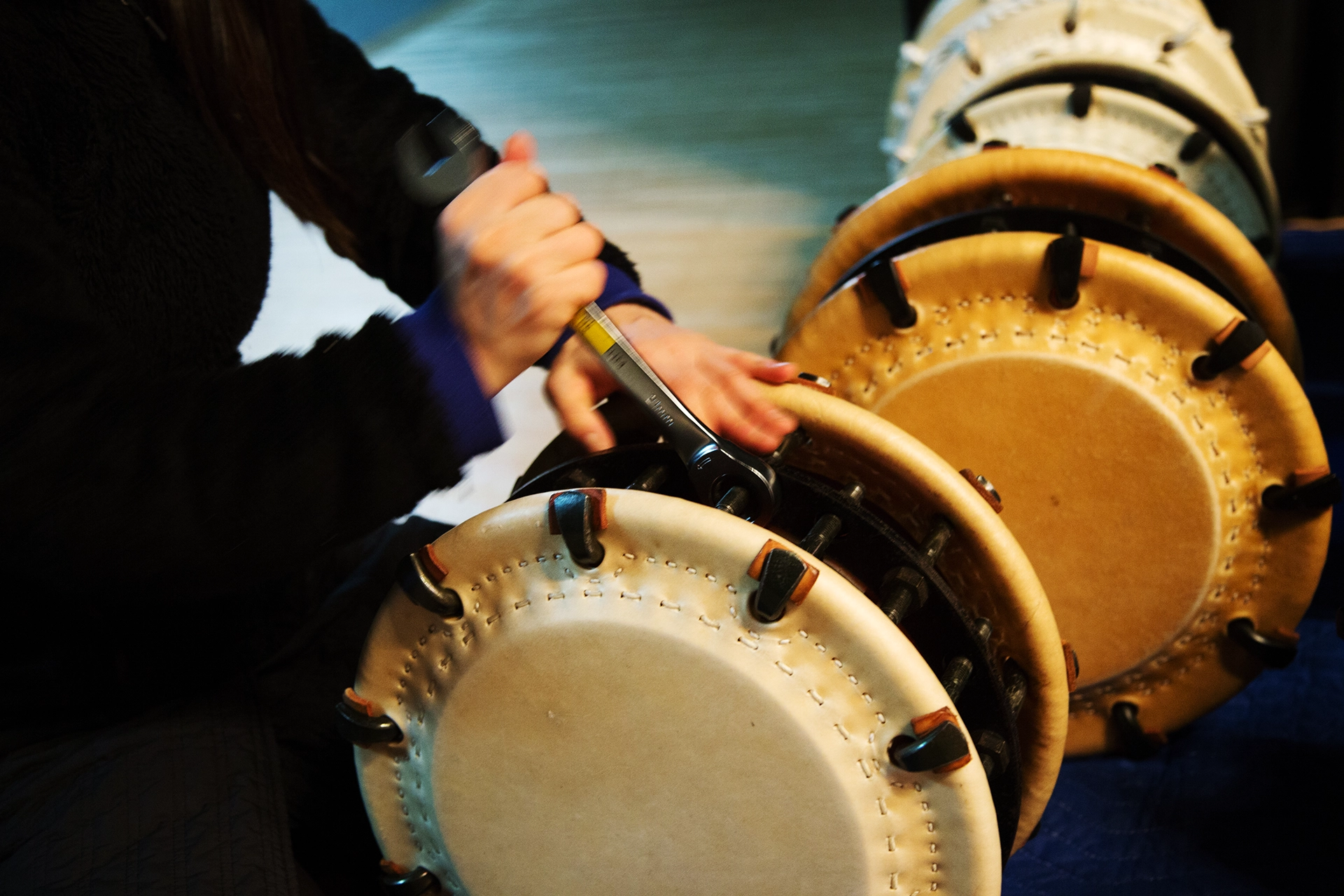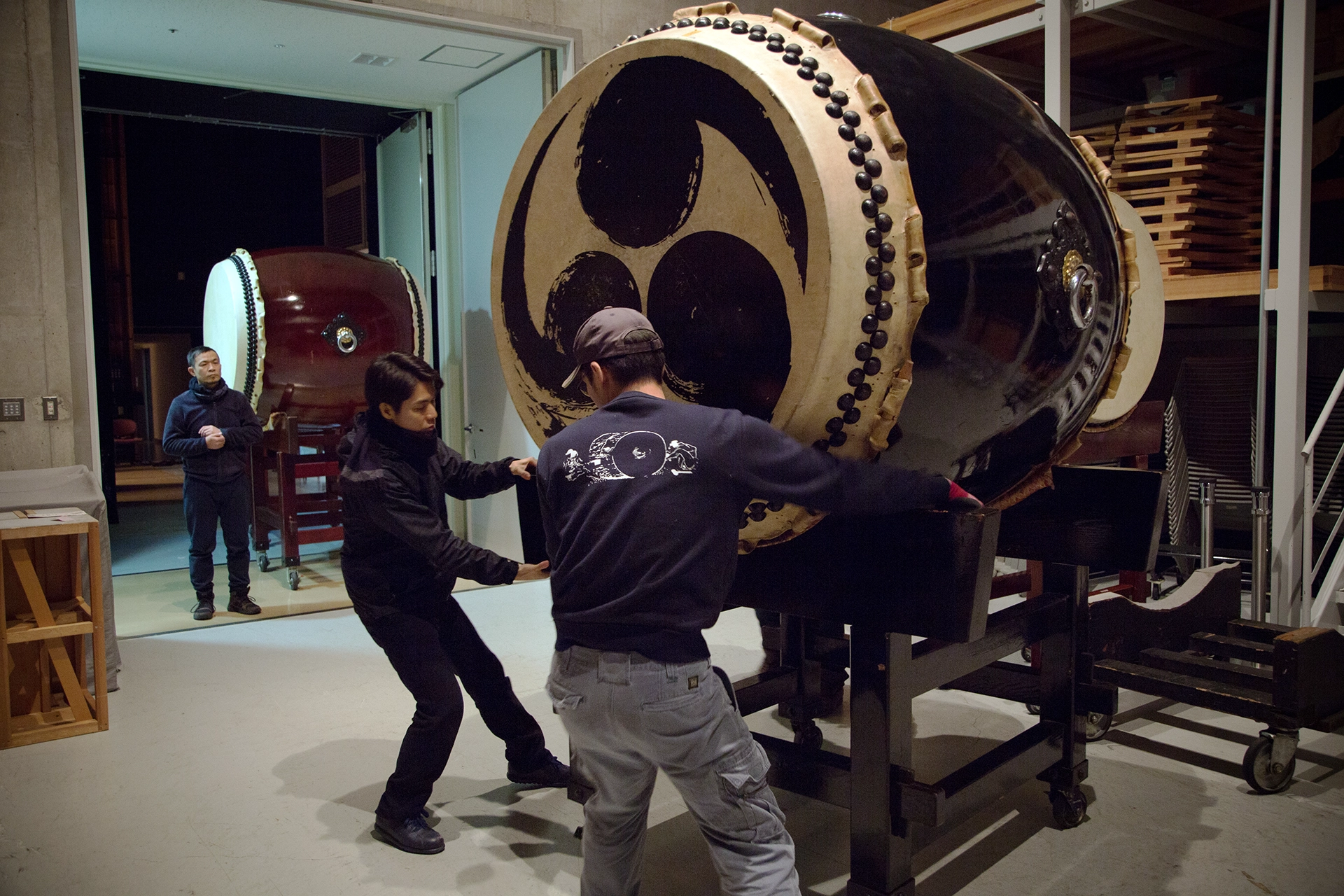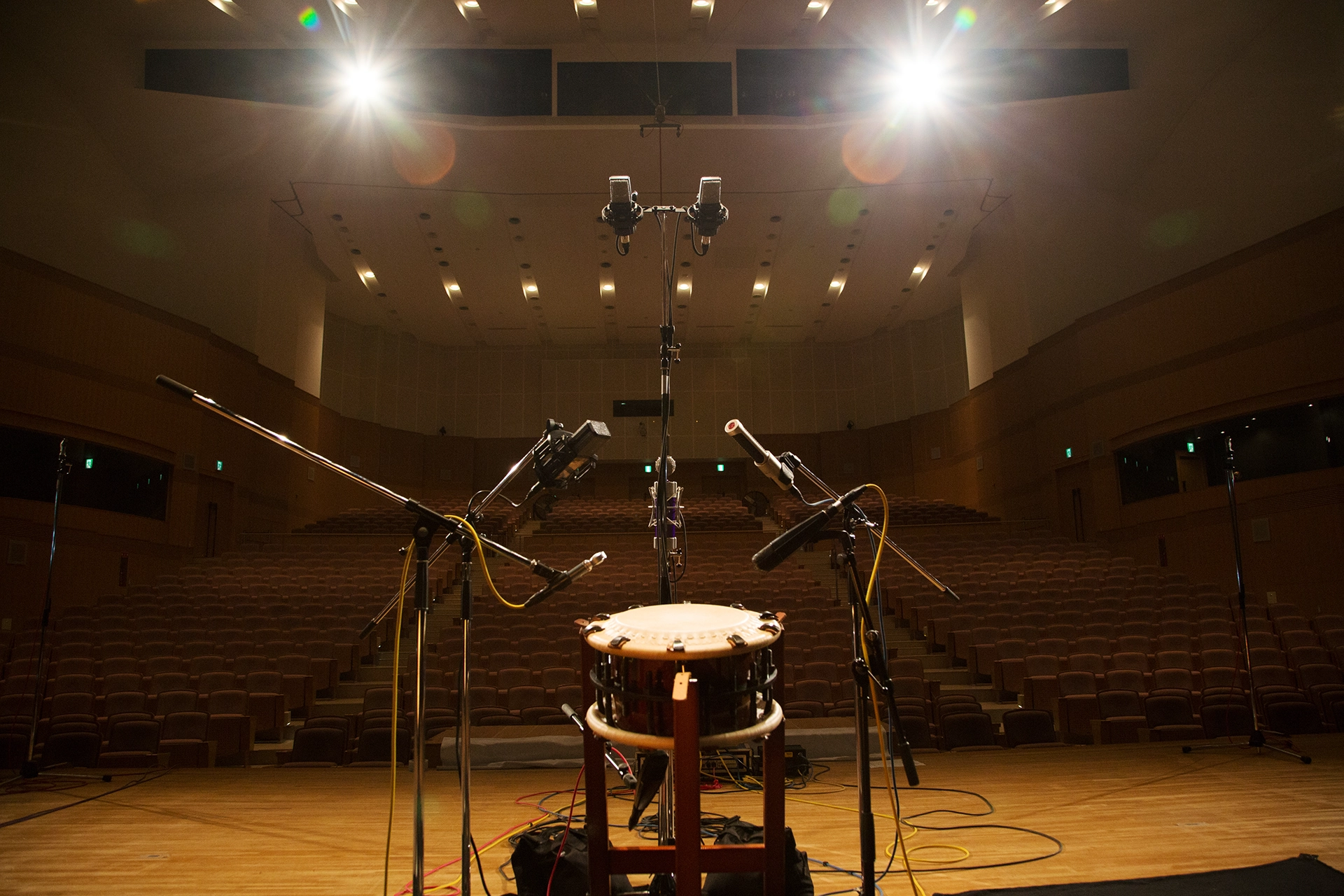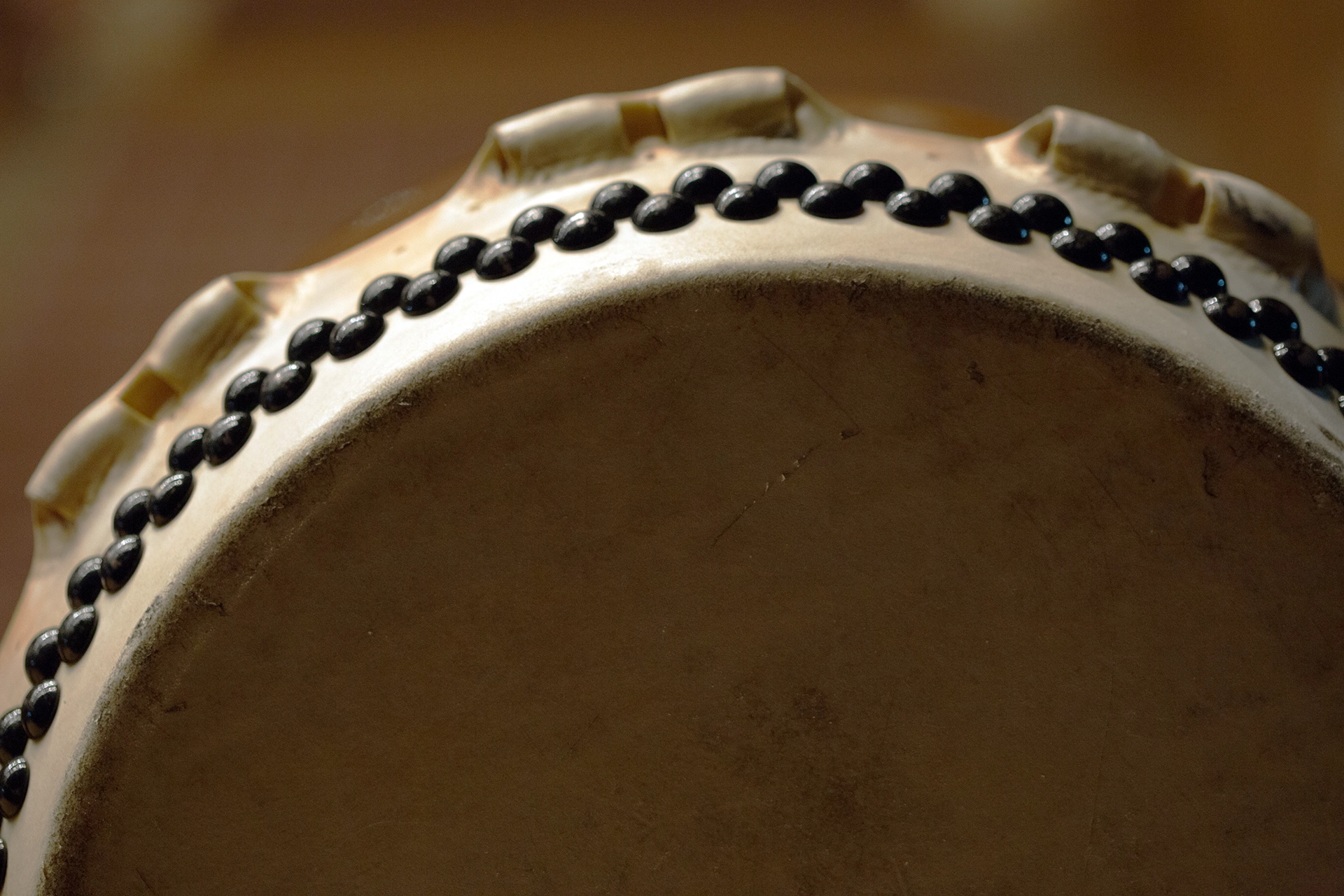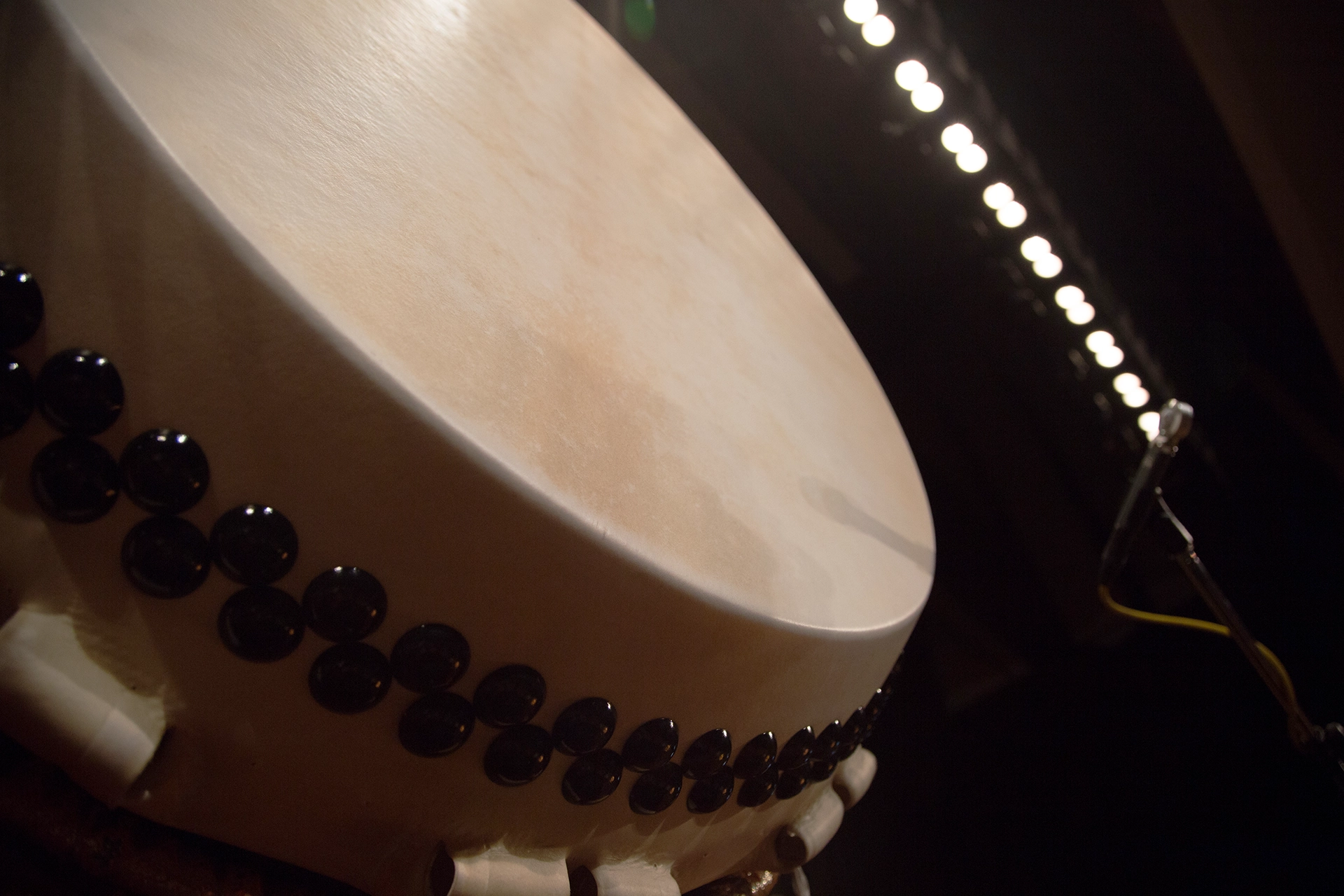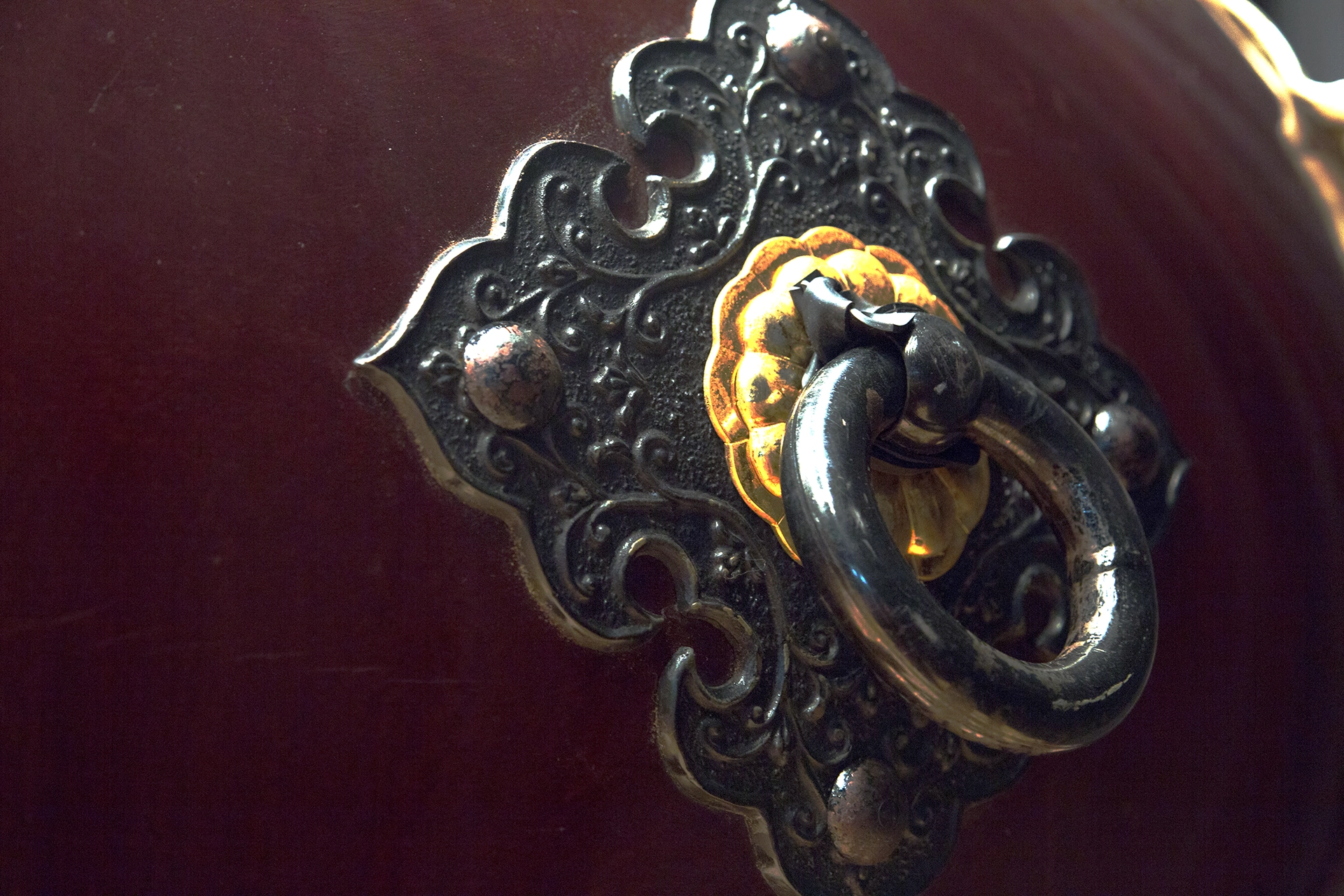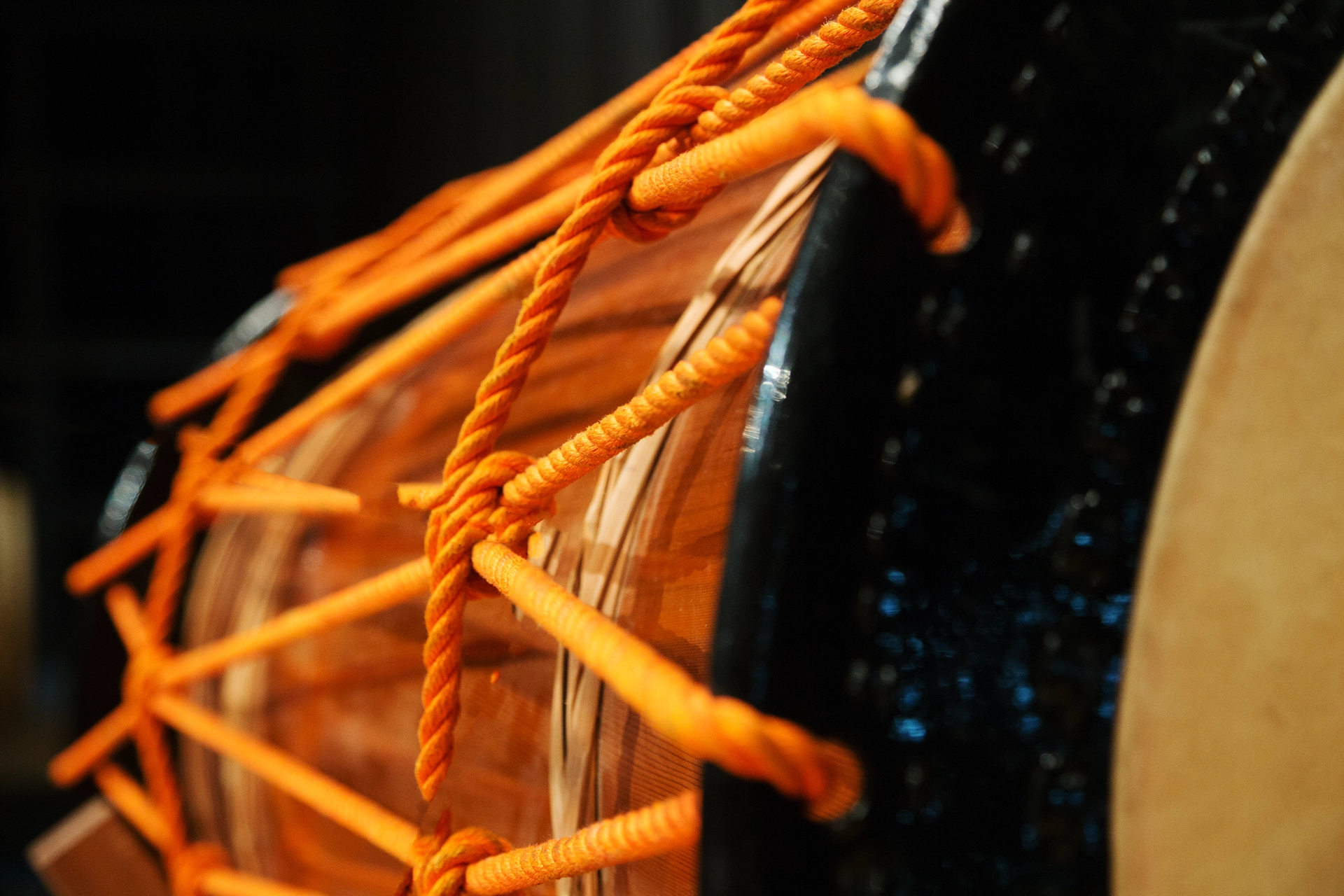TAIKO THUNDER Development Blog — Part 1: The Library’s Concept and Instruments
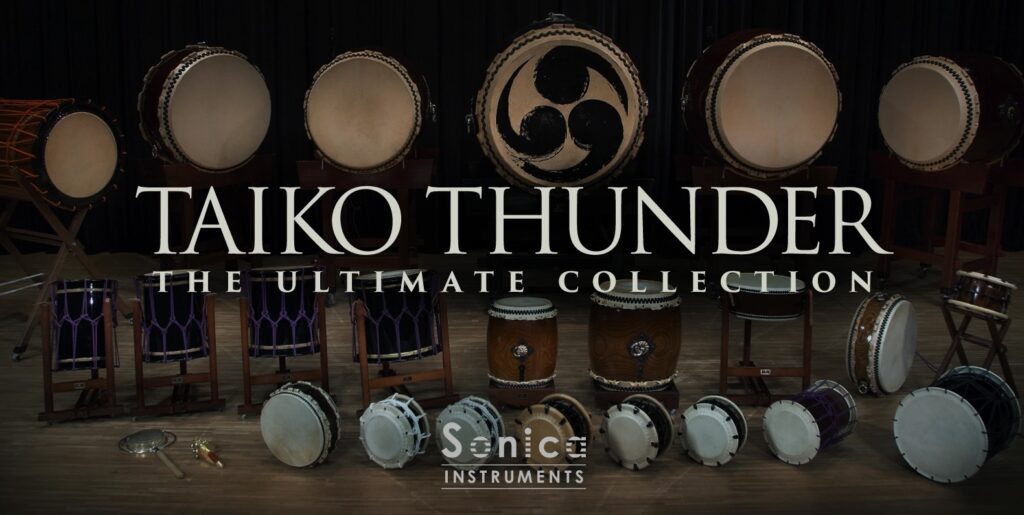
In this series of blog posts, we will give you an inside look at the development of Sonica Instruments’ newest library — TAIKO THUNDER: The Ultimate Collection, which we recently announced. We are working toward a release later on this fall, and we set up a dedicated page describing the library’s specs and functions, which will be updated as more details are finalized.
This first post talks about the concept behind TAIKO THUNDER, what we paid attention to in the instrument sampling sessions, and what instruments are in the library.
Aiming for the definitive taiko library
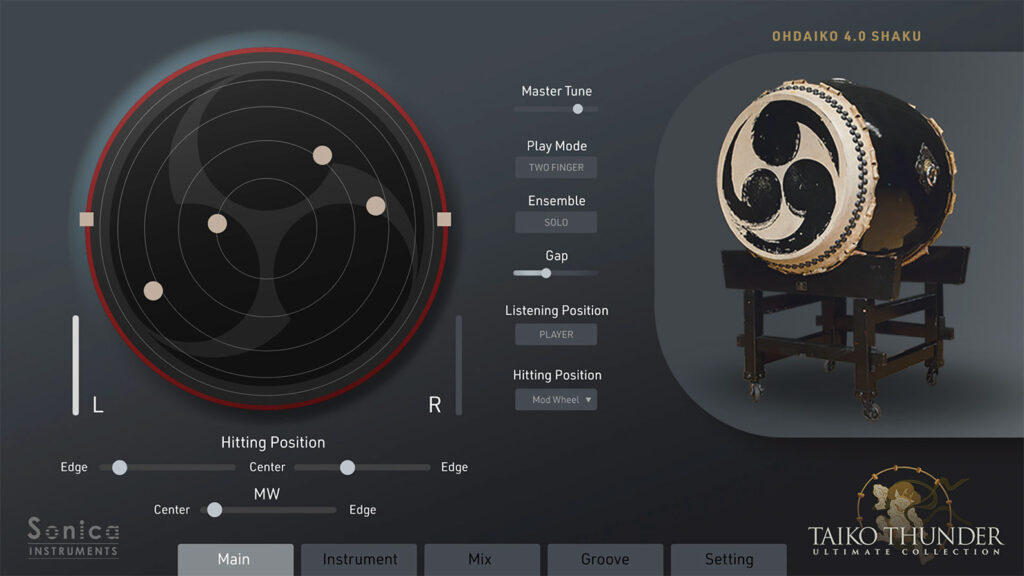
The concept we came up with to guide TAIKO THUNDER’s development was very simple: Build the best taiko library ever in every aspect, especially sound quality, flexibility, and usability.
We released the world’s first premium taiko library back in 2008 titled Japanese Taiko Percussion, which was designed for BFD Expansion series. Many creators the world over still use the library, which speaks to its quality and performance. Nevertheless, many things have changed in the more than 15 years since its release.
Computers, obviously, are much better today, and DAWs and plug-in platforms have changed and evolved tremendously. Another big difference is that taiko sounds have gone global and are routinely used in many types of music, particularly soundtracks. Given this background, we set our sights on developing the best-ever taiko KONTAKT library. More specifically, we wanted to provide new possibilities for the instruments while absolutely nailing down their true, authentic sounds.
We actually began this journey eight years ago, in 2016. The project has taken so long in part because other product releases were prioritized. But we also spent an enormous amount of time working out the library’s specs and what mechanisms we needed to build to fulfill the specs. We spent countless days and weeks devising and experimenting with different mechanisms and approaches.
We eventually arrived at the current set of specs and functions that we are confident everyone will love. These include precise independent control over the left and right hitting positions and exact modeling of each taiko instrument’s sonic character and qualities. Later posts will discuss these and many other functions in detail. The remainder of this post focuses on the sampling process, the most important part of creating a sample library.
Capturing elite taiko performers on the best instruments in a superb sounding hall
As with all our sample libraries, we sampled the instruments for TAIKO THUNDER played by some of Japan’s best taiko performers in one of Japan’s foremost halls.
We were fortunate to get four incredible taiko performers — Ryutaro Kaneko, Machiko Asano, Kan Hayashi, and Jun Takada — to play the taiko instruments. And given the nature of taiko instruments — i.e., they are very freaking loud, we decided to record them in a hall rather than a recording studio. We selected the cultural hall at the Tsurugi ‘Crane’ Cultural Center in Hakusan, Ishikawa.
Because the recordings were for a sample library, each hit and note had to be recorded perfectly dozens of times with multiple articulations and with different dynamics. As a result, the sessions had a unusual tension completely different from a regular performance. Complicating matters was the sheer number of instruments to be sampled as well as the temperatures in the hall, as the sessions took place mid-winter in January. Despite the adversities, everyone worked from early morning until late into the night, recording thousands of precisely and soulfully played percussion variations, one hit at a time.
Another key piece of the puzzle was sourcing exceptional taiko instruments. Again, we were fortunate to work with Asano Taiko, a preeminent taiko producer that has been making instruments for more than 400 years. Asano Taiko provided us with a full slate of taiko instruments, all in perfect condition, ranging from a 33-centimeter tsukeshime-daiko to a massive 1.2-meter ohdaiko.
We were also careful to select highly-transparent microphones and preamps that wouldn’t color the sound in any way. Mic placement was another challenge, as we wanted to capture each taiko’s raw sound as realistically as possible. Because of the number of samples, the library is huge — 207 GB in an uncompressed format. (The final released library will be somewhat smaller with compression and other optimizations.)
Contains 20 taiko and other instruments
TAIKO THUNDER: The Ultimate Collection is a truly comprehensive taiko library. It contains 20 instruments in total: 16 taiko instruments, three metallic percussion instruments (chappa, shoko, and kagurasuzu), and numerous kakegoe vocal sound effects.
Be sure to check out the instrument sound clips on the TAIKO THUNDER page. There is also a demo track with a number of instruments played together in an ensemble. We plan to add more demo tracks in the coming weeks.
Each instrument has its own unique sound, but certainly the most dramatic is Ohdaiko 4.0. Definitely have a listen to its tumultuous booms that move some serious air, especially in the sub-bass region. Not surprisingly, this sound inspired the library’s name.
We also made sure to include two katsugi okedo instruments and the chappa, which are essential instruments for modern taiko performances.
Much of the design work has gone into tailoring the instruments’ sounds to respond naturally to MIDI velocity data. All sample libraries assign different samples to different velocity layers for playback. But if you do this assignment mathematically or mechanically, you will run into problems, such as the samples switching at places that sound unnatural or the tonality of the samples not blending together properly.
As of writing, our current focus is adjusting the sample assignments to ensure natural-sounding transitions at every velocity layer. Spending time on this work is worth it, because this directly correlates with the ease of using the library and inputting MIDI data.
The next blog post will look at one of TAIKO THUNDER’s topline features, the Hitting Position control, which reproduces the sound variations that result from striking the head in different places.

